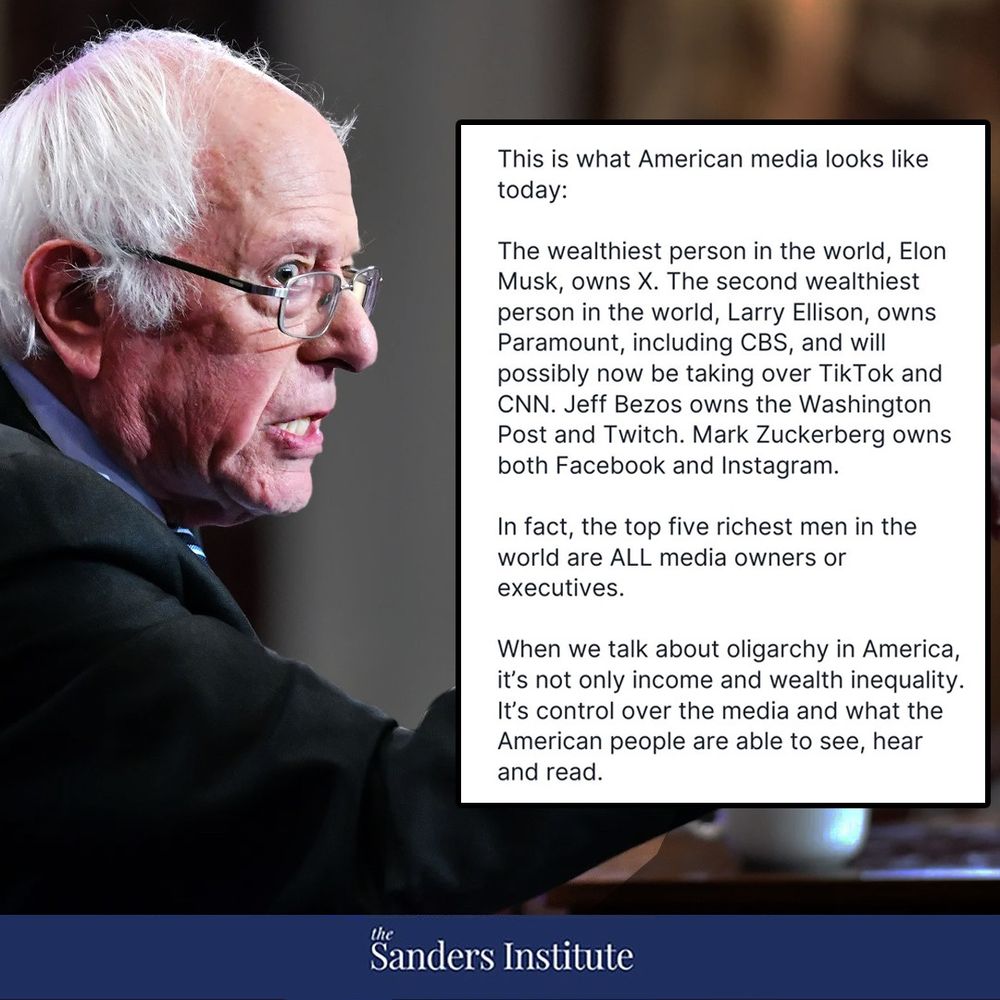The President’s Emergency Plan for AIDS Relief (PEPFAR) stands as the largest commitment by any nation to combat a single disease in history. Since its inception in 2003, this transformative program has saved over 25 million lives and prevented millions of HIV infections through comprehensive support in more than 50 countries.
Two Decades of Impact
When PEPFAR launched, an HIV diagnosis was essentially a death sentence in much of the world. Today, that reality has been dramatically transformed[22]. The program has achieved remarkable results:
- Supporting antiretroviral therapy for 20.6 million people, including 566,000 children
- Enabling 7.8 million babies to be born HIV-free to mothers living with HIV
- Reducing AIDS-related deaths by 59% in PEPFAR-supported countries
- Decreasing new HIV infections by 52% since 2010 in supported nations
Beyond HIV Treatment
PEPFAR’s impact extends far beyond direct HIV services. The program has built sustainable health infrastructure including:
- 70,000 health clinics
- 3,000 laboratories
- Over 300,000 healthcare worker positions
- Expansive medical supply chains
Current Challenges and Risks
Despite these achievements, PEPFAR faces serious threats. The program’s traditional bipartisan support has eroded, with recent political disputes threatening its future. The Biden administration’s proposed 6% funding reduction for fiscal year 2025 would significantly impact vulnerable populations. Trump has frozen funding.
These cuts could have devastating consequences:
- Disruption of life-saving treatment programs
- Increased risk of HIV transmission
- Reversal of progress in preventing mother-to-child transmission
- Weakening of healthcare systems in resource-limited settings
The Human Cost
For millions of people, PEPFAR isn’t just a program – it’s a lifeline. In countries like Uganda, PEPFAR’s efforts have prevented over 600,000 deaths and nearly half a million HIV infections. The program has been particularly crucial for vulnerable populations, including adolescent girls and young women, who benefit from comprehensive prevention services.
Looking Forward
The choice facing policymakers isn’t just about budget numbers – it’s about human lives. Without sustained PEPFAR funding, millions of people risk losing access to life-saving treatment and prevention services[5]. The program’s success in bringing HIV under control in multiple countries demonstrates what’s possible with consistent support and commitment.
As the world works toward the goal of ending AIDS as a public health threat by 2030, PEPFAR’s role remains critical. The program’s proven track record shows that with proper support, we can continue making progress against one of history’s most challenging public health crises.
Citations:
[1] https://www.hiv.gov/federal-response/pepfar-global-aids/pepfar
[2] https://www.ncbi.nlm.nih.gov/books/NBK207002/
[3] https://pmc.ncbi.nlm.nih.gov/articles/PMC3445041/
[4] https://www.wilsoncenter.org/event/20-years-pepfar-past-successes-and-future-potential
[5] https://www.togetherforgirls.org/en/blog/twenty-years-of-impact-funding-the-fight-to-end-aids-2030
[6] https://www.poz.com/article/budget-cuts-global-aids-program-pepfar-impact-hiv-care
[7] https://www.thinkglobalhealth.org/article/pepfar-files-who-tried-end-lifesaving-hiv-program
[8] https://www.worldvision.org/health-news-stories/what-you-need-to-know-about-pepfar-program
[9] https://pai.org/resources/you-cant-get-there-from-here-pepfar-reauthorization-stuck-in-a-ditch-on-world-aids-day/
[10] https://time.com/6320939/aids-relief-program-pepfar-fight-consequences/
[11] https://pmc.ncbi.nlm.nih.gov/articles/PMC5853460/
[12] https://www.state.gov/wp-content/uploads/2021/02/PEPFAR-Overall-Fact-Sheet_2021.pdf
[13] https://vn.usembassy.gov/pepfar/
[14] https://www.cgdev.org/page/overview-president%E2%80%99s-emergency-plan-aids-relief-pepfar
[15] https://mw.usembassy.gov/homepage/united-states-presidents-emergency-plan-for-aids-relief-pepfar/
[16] https://www.kff.org/global-health-policy/fact-sheet/the-u-s-presidents-emergency-plan-for-aids-relief-pepfar/
[17] https://www.hrsa.gov/office-global-health/global-hivaids-program/about-pepfar
[18] https://www.fda.gov/international-programs/presidents-emergency-plan-aids-relief-pepfar
[19] https://www.hiv.gov/federal-response/pepfar-global-aids/global-hiv-aids-overview
[20] https://pmc.ncbi.nlm.nih.gov/articles/PMC5005989/
[21] https://2017-2021.state.gov/results-and-funding-pepfar/
[22] https://www.hiv.gov/federal-response/pepfar-global-aids/pepfar
[23] https://www.state.gov/wp-content/uploads/2023/08/Report-Implementation-of-Assistance-to-Combat-HIV-AIDS-005187.pdf
[24] https://academic.oup.com/cid/article-abstract/50/2/272/330845?redirectedFrom=fulltext&login=false
[25] https://www.cdc.gov/vitalsigns/global-hiv/index.html
[26] https://healthgap.org/press/bidens-pepfar-funding-cuts-put-people-with-hiv-at-greater-risk/
[27] https://www.kff.org/policy-watch/pepfar-reauthorization-2023-key-issues/
[28] https://pmc.ncbi.nlm.nih.gov/articles/PMC7050684/
[29] https://www.cfr.org/expert-brief/pepfars-impact-global-health-fading
[30] https://www.kff.org/global-health-policy/issue-brief/assessing-pepfars-impact-analysis-of-economic-and-educational-spillover-effects-in-pepfar-countries/
[31] https://www.kff.org/news-summary/trump-administration-proposes-to-cut-pepfar-funding-reduce-u-s-contribution-to-global-fund/
[32] https://aidsvu.org/news-updates/news-updates-qa-dr-jennifer-kates-on-the-history-and-impact-of-pepfar/











